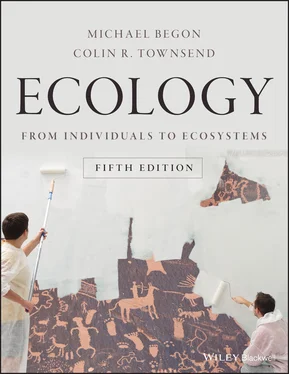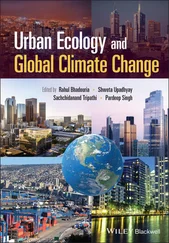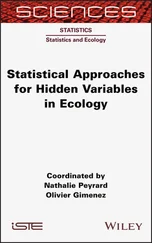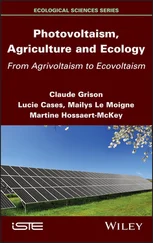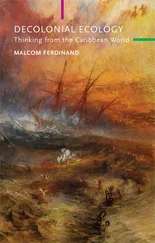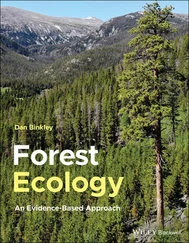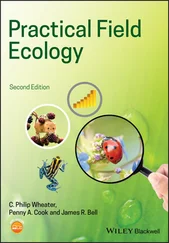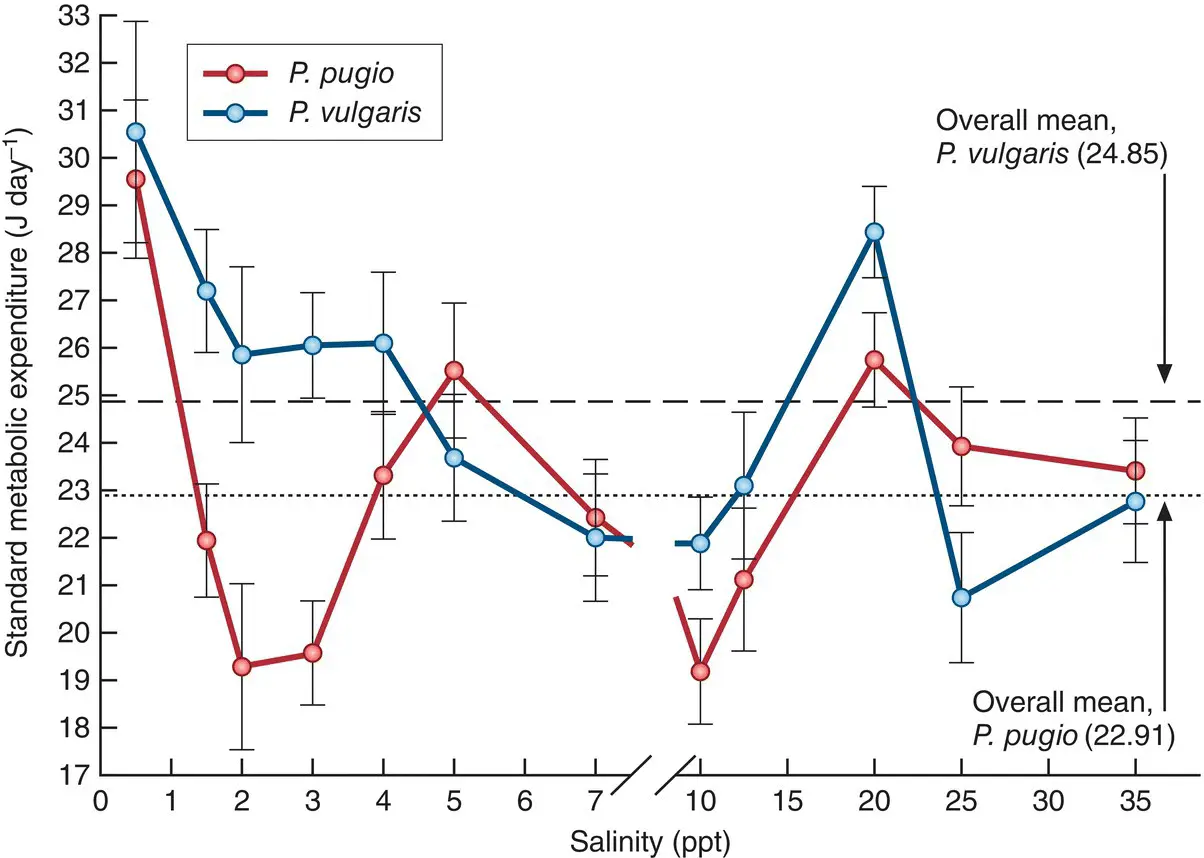
Figure 2.22 Metabolic expenditure in relation to salinity for two shrimp species.Standard metabolic expenditure (estimated through minimum oxygen consumption) in Palaemonetes pugio and P. vulgaris at a range of salinities. Note that there was significant mortality of both species over the experimental period at 0.5 ppt (parts per thousand), especially in P. vulgaris (75% compared with 25%).
Source : After Rowe (2002).
2.6.1 Conditions at the boundary between the sea and land
Salinity has important effects on the distribution of organisms in intertidal areas but it does so through interactions with other conditions – notably exposure to the air and the nature of the substrate.
algae and higher plants
Algae of all types have found suitable habitats permanently immersed in the sea, but permanently submerged higher plants are almost completely absent. This is a striking contrast with submerged freshwater habitats where a variety of flowering plants have a conspicuous role. The main reason seems to be that higher plants require a substrate in which their roots can find anchorage. Large marine algae, which are continuously submerged except at extremely low tides, largely take their place in marine communities. These do not have roots but attach themselves to rocks by specialised ‘holdfasts’. They are excluded from regions where the substrates are soft and holdfasts cannot ‘hold fast’. It is in such regions that the few truly marine flowering plants, for example sea grasses such as Zostera and Posidonia , form submerged communities that support complex animal communities.
Most species of higher plants that root in seawater have leaves and shoots that are exposed to the atmosphere for a large part of the tidal cycle, such as mangroves, species of the grass genus Spartina and extreme halophytes such as species of Salicornia that have aerial shoots but whose roots are exposed to the full salinity of seawater. Where there is a stable substrate in which plants can root, communities of flowering plants may extend right through the intertidal zone in a continuum extending from those continuously immersed in full‐strength seawater (like the sea grasses) through to totally non‐saline conditions. Salt marshes, in particular, encompass a range of salt concentrations running from full‐strength seawater down to totally non‐saline conditions.
Higher plants are absent from intertidal rocky seashores except where pockets of soft substrate may have formed in crevices. Instead, such habitats are dominated by the algae, which give way to lichens at and above the high tide level where the exposure to desiccation is highest. The plants and animals that live on rocky seashores are influenced by environmental conditions in a very profound and often particularly obvious way by the extent to which they tolerate exposure to the aerial environment and the forces of waves and storms. This expresses itself in the zonation of the organisms, with different species at different heights up the shore ( Figure 2.23).
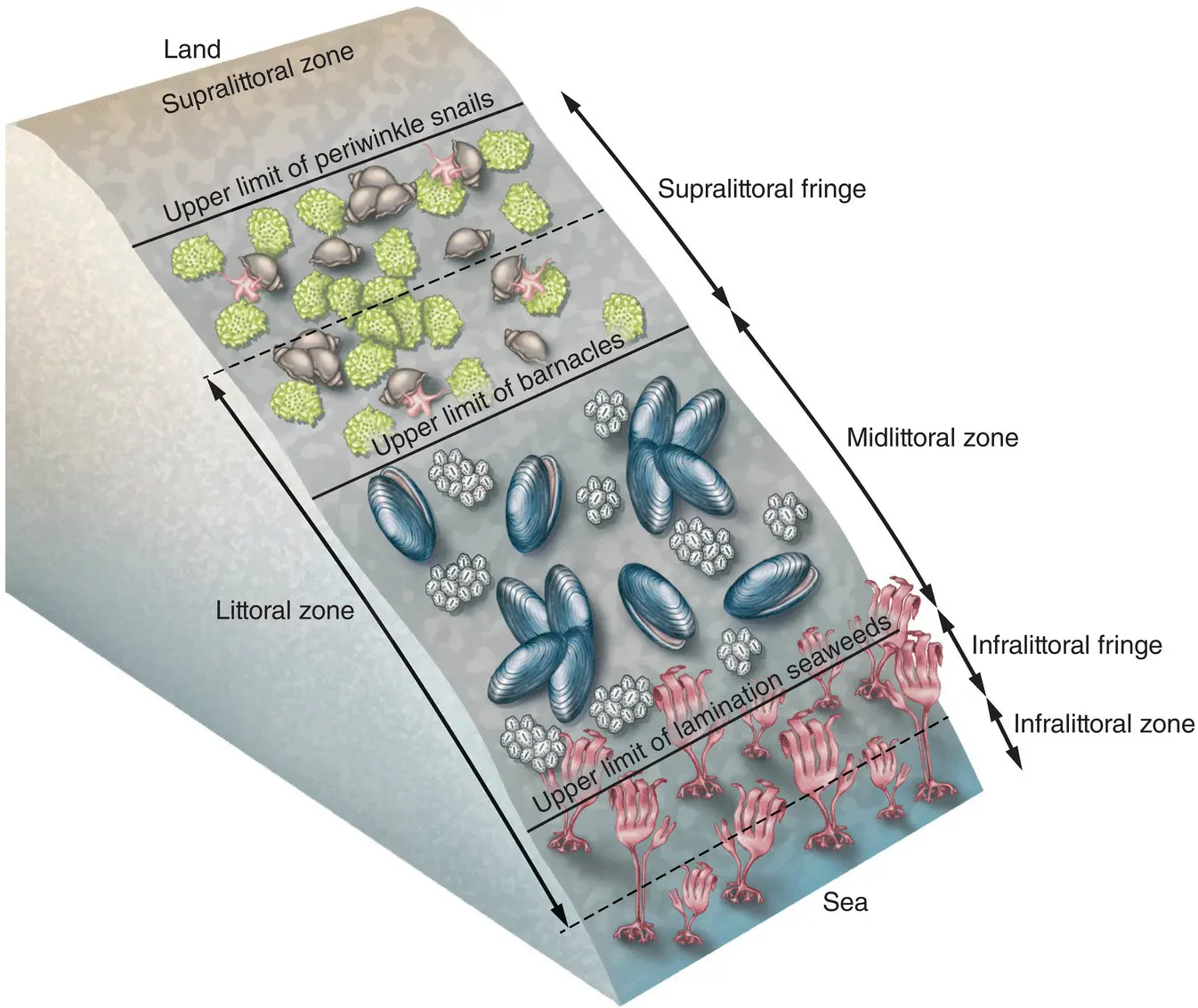
Figure 2.23 General zonation scheme for the seashore determined by relative lengths of exposure to the air and to the action of waves.The littoral zone extends between the extreme high water and extreme low water of spring tides (upper and lower dashed lines).
Source : After Raffaelli & Hawkins (1999).
zonation
The extent of the intertidal zone depends on the height of tides and the slope of the shore. Away from the shore, the tidal rise and fall are rarely greater than 1 m, but closer to shore, the shape of the landmass can funnel the ebb and flow of the water to produce extraordinary spring tidal ranges of, for example, nearly 20 m in the Bay of Fundy (between Nova Scotia and New Brunswick, Canada). In contrast, the shores of the Mediterranean Sea experience scarcely any tidal range. On steep shores and rocky cliffs the intertidal zone is very short and zonation is compressed.
To talk of ‘zonation as a result of exposure’, however, is to oversimplify the matter greatly (Raffaelli & Hawkins, 1999). In the first place, ‘exposure’ can mean a variety, or a combination of, many different things: desiccation, extremes of temperature, changes in salinity, excessive illumination and the sheer physical forces of pounding waves and storms (to which we turn in Section 2.7). Furthermore, ‘exposure’ only really explains the upper limits of these essentially marine species, and yet zonation depends on them having lower limits too. For some species there can be too little exposure in the lower zones. For instance, green algae would be starved of blue and especially red light if they were submerged for long periods too low down the shore. For many other species though, a lower limit to distribution is set by competition and predation. The seaweed Fucus spiralis will readily extend lower down the shore than usual in Great Britain whenever other competing midshore fucoid seaweeds are scarce.
2.7 Hazards, disasters and catastrophes: the ecology of extreme events
The wind and the tides are normal daily ‘hazards’ in the life of many organisms. The structure and behaviour of these organisms bear some witness to the frequency and intensity of such hazards in the evolutionary history of their species. Thus, most trees withstand the force of most storms without falling over or losing their living branches. Most limpets, barnacles and kelps hold fast to the rocks through the normal day‐to‐day forces of the waves and tides. We can also recognise a scale of more severely damaging forces (we might call them ‘disasters’) that occur occasionally, but with sufficient frequency to have contributed repeatedly to the forces of natural selection. When such a force recurs it will meet a population that still has a genetic memory of the selection that acted on its ancestors – and may therefore suffer less than they did. In the woodlands and shrub communities of arid zones, fire has this quality, and tolerance of fire damage is a clearly evolved response (see Section 2.3.6).
When disasters strike natural communities it is only rarely that they have been carefully studied before the event. One exception is cyclone ‘Hugo’ which struck the Caribbean island of Guadeloupe in 1994. Detailed accounts of the dense humid forests of the island had been published only recently before (Ducrey & Labbé, 1985, 1986). The cyclone devastated the forests with mean maximum wind velocities of 270 km h −1and gusts of 320 km h −1. Up to 300 mm of rain fell in 40 h. The early stages of regeneration after the cyclone (Labbé, 1994) typify the responses of long‐established communities on both land and sea to massive forces of destruction. Even in ‘undisturbed’ communities there is a continual creation of gaps as individuals (e.g. trees in a forest, kelps on a seashore) die and the space they occupied is recolonised (see Section 18.6.1).
In contrast to conditions that we have called ‘hazards’ and ‘disasters’ there are natural occurrences that are enormously damaging, yet occur so rarely that they may have no lasting selective effect on the evolution of the species. We might call such events ‘catastrophes’, for example the devastating Japanese tsunami (tidal wave) of 2011, or the volcanic eruptions of Mt St Helens in 1980 or of the island of Krakatau in 1883. The next time that Krakatau erupts there are unlikely to be any genes persisting that were selected for volcano tolerance!
Читать дальше
